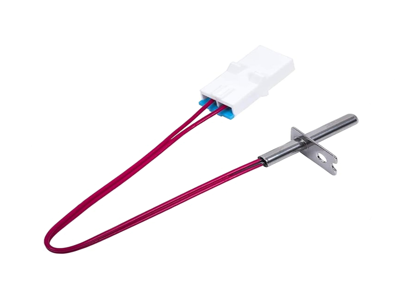

Вы когда-нибудь задумывались, возможно ли снизить энергопотребление в промышленности на целых 60%? С появлением новых компрессоров, утверждающих именно это, возникает множество вопросов. Действительно ли это революция в энергоэффективности, или просто маркетинговый ход? В этой статье мы глубоко исследуем этот феномен, анализируя технологии, преимущества и возможные подводные камни.
Компрессоры – это устройства, сжимающие воздух или другие газы для использования в различных отраслях, от производства до HVAC систем. Традиционные модели часто потребляют огромное количество энергии, что приводит к высоким эксплуатационным затратам. Но новейшие инновации, такие как интеллектуальные системы управления, улучшенные материалы и алгоритмы оптимизации, позволяют некоторым компрессорам достигать экономии до 60%. Как это возможно? Например, через использование переменной скорости двигателя, которая адаптирует энергопотребление к реальной нагрузке, избегая излишних потерь.
Экономия энергии в 60% звучит почти невероятно. Для предприятий это может означать снижение счетов за электроэнергию на десятки тысяч рублей в год. Но как проверить эти заявления? Исследования показывают, что в идеальных условиях, таких как правильная установка и регулярное обслуживание, такие показатели достижимы. Однако, в реальном мире факторы like износ оборудования или неподходящие условия могут снизить эффективность. Это поднимает вопрос: насколько универсальны эти компрессоры?
От manufacturing до food processing, многие отрасли зависят от компрессоров. Если экономия в 60% реальна, это могло бы transformровать entire sectors, reducing carbon footprints and operational costs. But is it applicable to all? Small businesses might benefit less due to higher initial costs, while large industries could see massive savings. What are the hidden costs, such as maintenance or compatibility issues?
Advanced technologies like IoT sensors, AI-driven predictive maintenance, and eco-friendly refrigerants are key. These compressors often integrate with smart grids, allowing for real-time energy management. But how reliable are these technologies? Cybersecurity risks or technical failures could undermine the savings. Are we trading energy efficiency for other vulnerabilities?
Beyond cost savings, reducing energy consumption by 60% significantly cuts greenhouse gas emissions, aligning with global sustainability goals. Governments might offer incentives for adoption, but what about the payback period? Initial investment can be high, so is it worth it for every business? And how does it compare to renewable energy sources?
Case studies from companies that have adopted these compressors show mixed results. Some report dramatic savings, while others face challenges. For instance, a factory in Germany claimed a 55% reduction, but only after extensive retrofitting. What lessons can we learn from these experiences? Are there best practices to maximize efficiency?
As technology evolves, we might see even greater efficiencies. But will regulations keep pace? And what about the competition from alternative technologies like hydrogen-based systems? The future holds promise, but also uncertainty. How can businesses stay informed and make wise investments?
In conclusion, while compressors claiming 60% energy savings are intriguing, they are not a one-size-fits-all solution. Businesses must conduct thorough assessments, consider total cost of ownership, and stay updated on technological advances. The potential is enormous, but so are the questions. What do you think? Is this the next big thing in industrial efficiency, or just another trend?
This article has explored various angles, but the journey to energy efficiency is ongoing. Share your thoughts and experiences in the comments below!